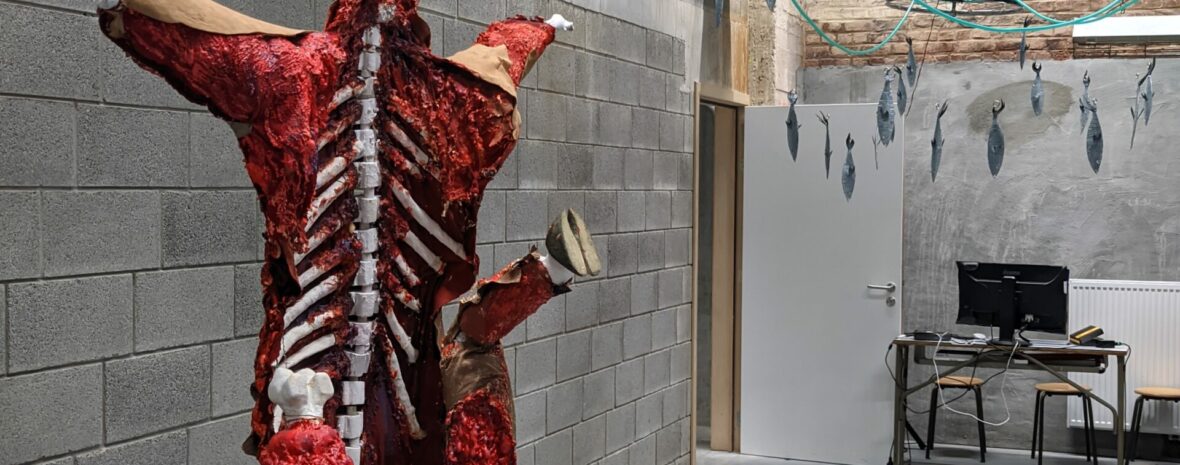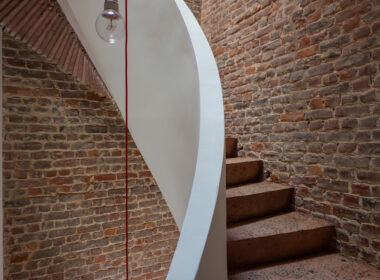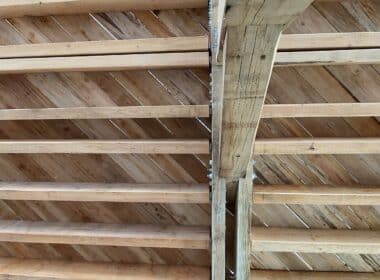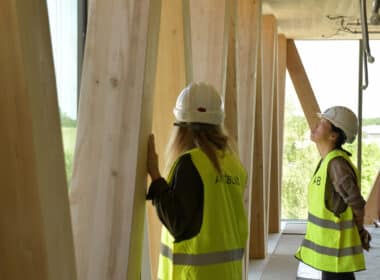On October 3, 2025, over 200 people gathered to inaugurate the new INSAS site in Ixelles, on Avenue de la Couronne. Designed by architecture firm AgwA and built by ACH Construct, the project transforms a former office and garage into a higher education school for performing arts, offering nearly 8000 m² of space for Theatre, Dance, and choreographic practices.
Intelligent and respectful transformation
What makes this project stand out is its commitment to preserving the existing structure. Instead of demolishing, the designers chose to reuse the building’s framework, minimize heavy interventions, and recycle on-site. This approach, aligned with a circular economy, drastically reduces the need for new materials while meeting the school’s technical and pedagogical requirements.
Concrete: a double-edged material
At ecobuild.brussels, we remain cautious about projects that highlight concrete. It is now well established that concrete accounts for 7–8% of global CO₂ emissions, making it one of the largest industrial polluters worldwide. Its production involves:
- Calcination of limestone, releasing CO₂.
- High fossil energy consumption to heat kilns to over 1400°C.
- Massive use of sand and freshwater, impacting ecosystems.
Sector efforts: promising but still limited
The concrete industry is taking steps to reduce its footprint. Current strategies include:
- Reducing clinker content in cement, responsible for 90% of emissions.
- Using alternative materials like fly ash, blast furnace slag, or limestone, cutting emissions by up to 40%.
- Carbon capture and storage (CCS) in cement plants, with potential reductions of 60%.
- Injecting CO₂ into concrete during mixing, converting it into calcium carbonate.
- Structural reuse and on-site recycling, as seen in the INSAS project, maintaining material value.
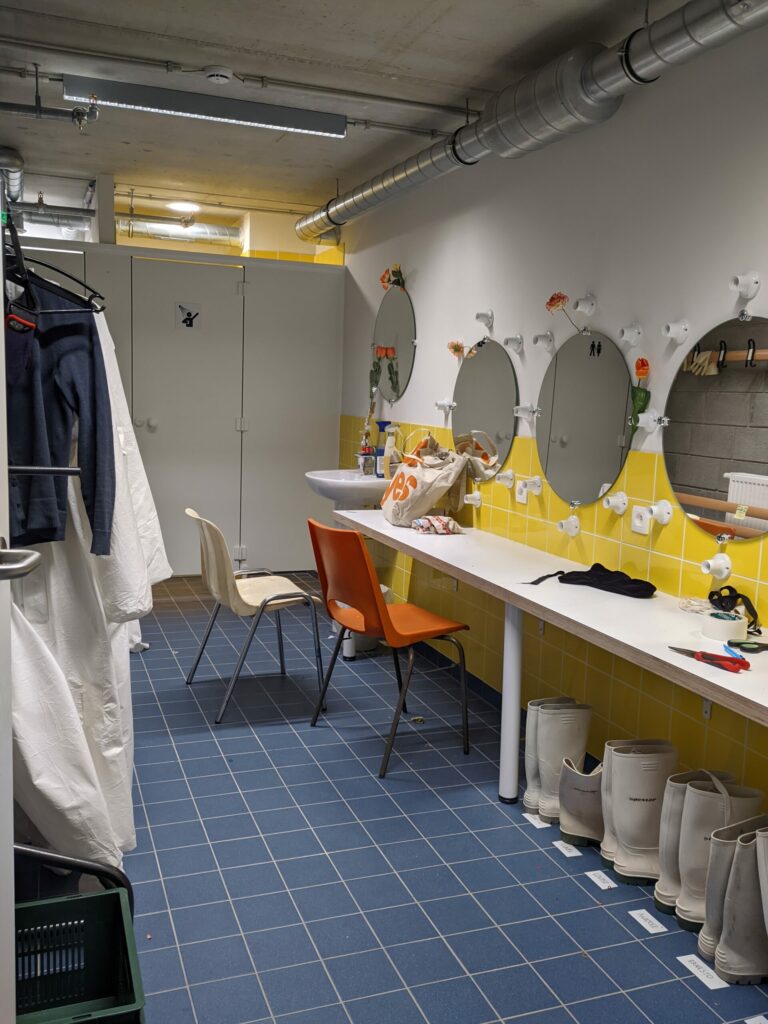
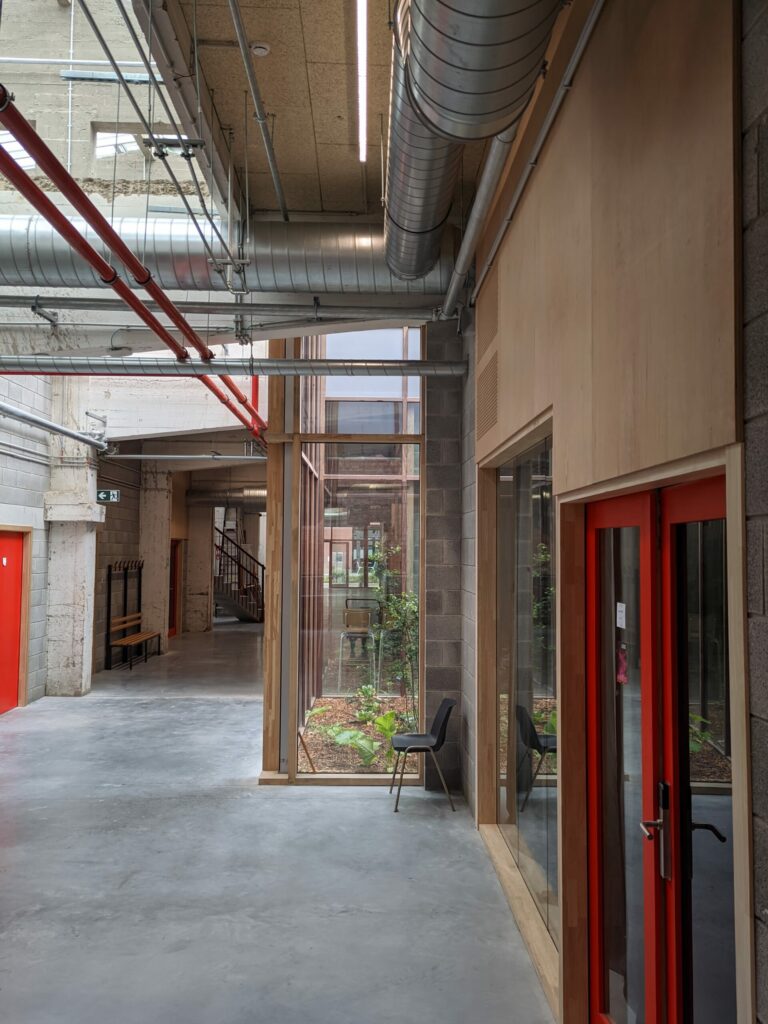
Constructive criticism
While the INSAS project embraces a sustainable approach, we believe more bio-based or geo-sourced materials could have been used. Technically, this is feasible today. However, given the minimal amount of new materials introduced, a deeper ecological effort might have been economically disproportionate.
Conclusion
The INSAS project is a model of intelligent and creative reuse. It proves that demolition is no longer the default, and that existing structures can be elevated through thoughtful design. The concrete sector is investing in decarbonization, but must go further. We continue to advocate for more sustainable alternatives, balancing technical and economic realities.
